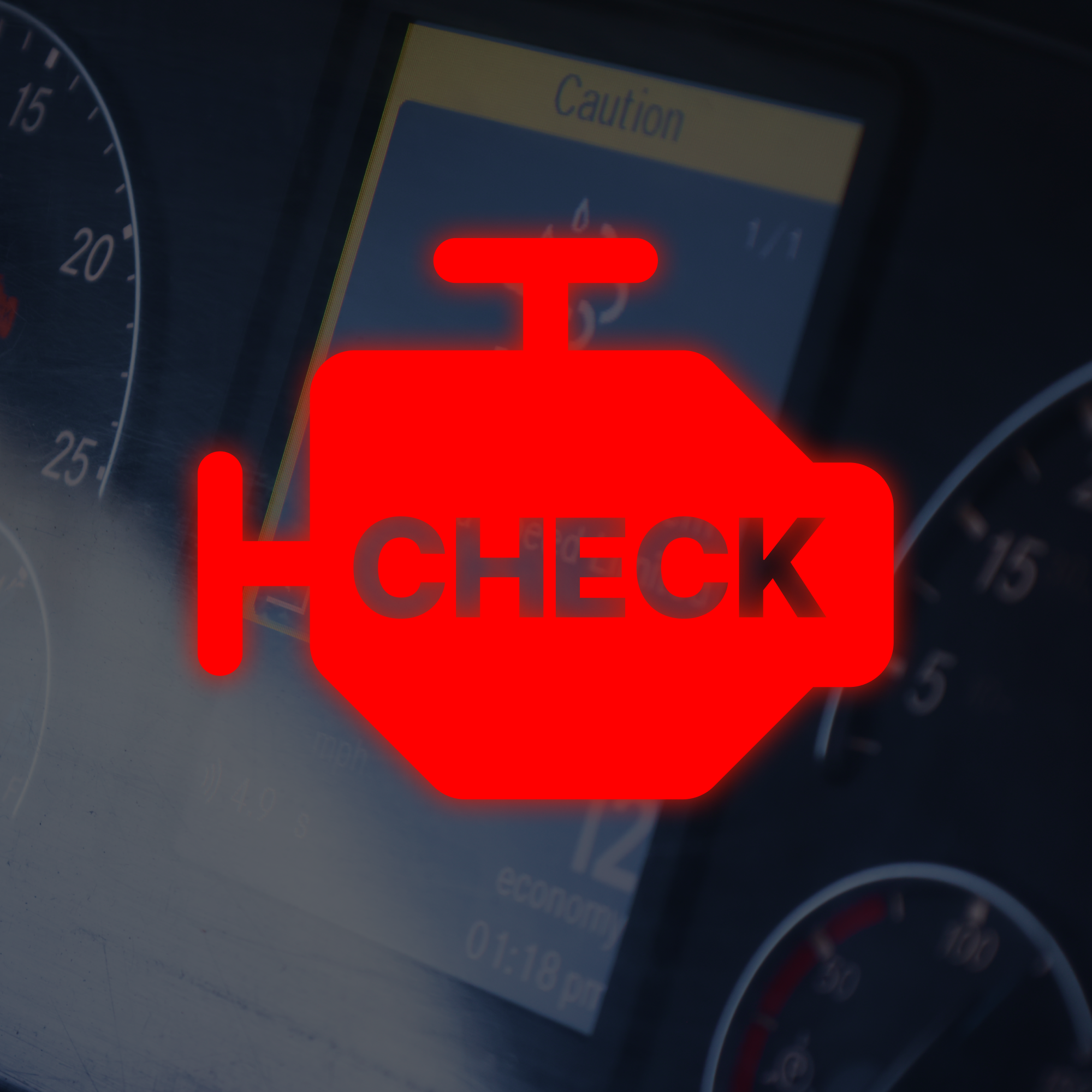
The world of semi-truck repair is often perceived as a realm solely for professionals or dealer service centers.
While there's no denying the expertise these professionals bring, there are common misconceptions that discourage owner-operators from attempting DIY (Do-It-Yourself) repairs.
When it comes to maintaining, diagnosing and repairing your semi-truck on your own, there are many misconceptions that can lead you down the wrong path.
One of the most prevalent misconceptions is that you always have to go to the dealer for truck repairs because they have the OEM software to properly diagnose and fix your rig.
While dealerships certainly have their advantages, they are not the only option when it comes to keeping your semi-truck in top shape. While some owner-operators are skilled at performing basic maintenance tasks, it's essential to debunk some common myths to prevent costly mistakes and ensure safety on the road.
In this blog, we'll explore five prevalent misconceptions about DIY repairs on your semi-truck.
Misconception #1: Only Dealerships Have Access to Proper OEM Diagnostic Tools & Software.
One of the most common misconceptions owner-operators and fleet owners make is that only dealerships have access to the advanced OEM diagnostic tools and equipment necessary to properly assess and repair your semi-truck.
While dealerships do invest in high-quality diagnostic tools, many of these tools are available to independent mechanics, fleet owners and even to owner-operators themselves.
There are handheld diagnostic scan tools that are portable and affordable. With these devices you can view fault codes and basic diagnostic information from your semi-truck's engine.
They are widely available and relatively affordable but may have limitations in terms of comprehensive diagnostics. They also have a history of not living up to the functions that are promised. Not the best choice if you are looking for something reliable.
A better choice is investing in diagnostic software. Many semi-truck manufacturers offer diagnostic software packages that are specific to their vehicles.
These OEM software solutions provide in-depth diagnostics and access to manufacturer-specific systems and data but can be costly, complicated to use, and limited to particular semi-truck brands.
Telematics devices, like those used in fleet management, provide data on truck performance, location, and driver behavior. While they offer valuable insights for fleet managers, they may not offer detailed diagnostics for specific engine issues.
By investing in a diagnosis tool like OTR Diagnostics and learning how to use it, you can often identify common issues like engine trouble codes, sensor malfunctions, and even send dealer level commands like a forced regen.
This knowledge can help you decide whether the repair is something you can handle on your own or if it's best left to a professional.
Misconception #2: The Dealers Are the Only Source of Genuine Parts for Your Semi-Truck.
Another misconception is the belief that only dealerships can provide genuine and high-quality replacement parts for your semi-truck.
While dealers do stock OEM (Original Equipment Manufacturer) parts, there are reputable aftermarket suppliers and online stores where you can find compatible parts at competitive prices. These parts can be just as reliable and may offer cost savings compared to dealership prices.
Purchasing OEM semi-truck parts from a third-party online retailer offers several advantages to both individual truck owners and fleet managers.
First and foremost, it often results in significant cost savings, as third-party vendors can negotiate competitive prices and pass those savings on to customers. Moreover, these online platforms provide a wide selection of genuine OEM parts, ensuring the highest quality and compatibility with the specific make and model of the truck.
This diversity makes it easier to find the right part quickly, reducing downtime and increasing operational efficiency. Additionally, many third-party retailers offer convenient shipping options, further enhancing the convenience of sourcing essential components.
Ultimately, choosing to buy OEM semi-truck parts from a trusted online source allows businesses and independent drivers to maintain their vehicles with confidence, ensuring optimal performance, safety, and longevity.
Misconception #3: Is It True That DIY (Do It Yourself) Semi-Truck Repairs Are Always Risky?
Another common misconception is that DIY semi-truck repairs are always risky and more likely to cause further damage.
While there are certainly repairs and maintenance tasks that should be left to experienced professionals, many routine maintenance and minor repairs are well within the capabilities of the average semi-truck owner.
By educating yourself about your specific truck model, watching instructional videos, and using reputable diagnostic tools like OTR Diagnostics, you can safely tackle tasks like oil changes, air filter replacements, brake pad replacements, forced regens, reset fault codes, diagnose engine issues, and even some electrical repairs.
Just be sure to follow safety precautions, use the right tools, and take your time to ensure the job is done correctly.
Taking the DIY route not only empowers owner-operators like yourself to save money but also fosters a deeper connection with your rig. By actively participating in the maintenance and repair process, you can gain a better understanding of your truck's inner workings and potentially identify issues before they become major problems.
Moreover, the sense of accomplishment that comes from successfully completing a DIY repair can be immensely satisfying, making it a rewarding endeavor for those willing to invest the time and effort into mastering these skills.
So, while professional assistance is crucial for complex repairs, DIY truck maintenance offers numerous benefits and can be a valuable skill that could save you time and money on dealer and tow fees.
Misconception #4: Is It True That Dealerships Offer the Best Prices for Semi-Truck Parts?
Whether dealerships offer the best prices for your semi-truck parts is a question that often haunts owner-operators and fleet managers. While dealerships do provide a certain level of convenience, they may not always offer the most competitive prices when it comes to purchasing semi-truck parts.
The decision of where to buy these parts often depends on various factors, including the specific part needed, budget constraints, and the urgency of the repair or replacement.
Dealerships typically carry genuine OEM (Original Equipment Manufacturer) parts, which are specifically designed for the make and model of your semi-truck. These parts are known for their quality and compatibility, ensuring a seamless fit and functionality.
However, this quality often comes at a premium price. The overhead costs of operating a dealership, including maintenance, staff, and showroom expenses, can contribute to higher prices for their parts.
Additionally, the convenience of having immediate access to parts and expert advice from dealership staff may justify the higher costs for some truck owners.
On the other hand, alternative options for sourcing semi-truck parts include independent truck part suppliers, salvage yards, and 3rd party online retailers.
These sources may offer a broader selection of both OEM and aftermarket parts, and they can often provide competitive pricing. While aftermarket parts may not have the same level of brand recognition and quality assurance as OEM parts, they can be a cost-effective solution for many owner-operators.
To determine whether a dealership offers the best prices for semi-truck parts, it's crucial for semi-truck owners to weigh your priorities. If time is of the essence and quality is non-negotiable, dealerships may be the go-to choose.
However, for those of you looking to balance cost-effectiveness with adequate quality, exploring other options, including independent suppliers and online marketplaces, can be a good approach.
In any case, conducting research, comparing prices, and seeking recommendations from fellow truck owners can help in making an informed decision that meets your budget.
Misconception #5: Are DIY Repairs More Time-Consuming Than Taking Your Semi-Truck to a Dealer?
For many semi-truck owners, the prospect of DIY repairs can seem time-consuming. It's true that tackling certain repairs may take a bit longer if you're not an expert, but the time and effort invested in learning and performing these tasks can be a cost-effective and educational choice.
Furthermore, numerous routine maintenance activities, such as oil changes and air filter replacements, can be completed fairly quickly with practice. Achieving a sense of satisfaction from a job well done can also be a rewarding experience.
While it's undeniable that some truck repairs, especially those involving intricate engine or transmission issues, demand specialized knowledge and tools, not all maintenance tasks and repairs fall into this category.
Diligent truck owners equipped with the right tools and guidance can often manage routine maintenance, inspections, and minor repairs. Establishing a regular maintenance routine and promptly addressing issues can help detect problems early and avert major breakdowns.
Conclusion
It's essential to dispel the common misconceptions about DIY truck repairs. While dealerships have their place and can be a reliable source for complex or warranty-related repairs, owner-operators like yourself not feel obligated to rely solely on them.
Armed with the right tools, knowledge, and resources, many semi-truck repairs and maintenance tasks can be successfully completed by you the owner, saving time and money in the process.
Remember to always prioritize safety and consult with professionals when in doubt, but don't underestimate your own capabilities when it comes to keeping your semi-truck in top shape.




How to Get the Most Out of Your OTR Diagnostics Tool: Advanced Tips
How Do Regular Diagnostics Extend the Life of Your Semi-Truck?